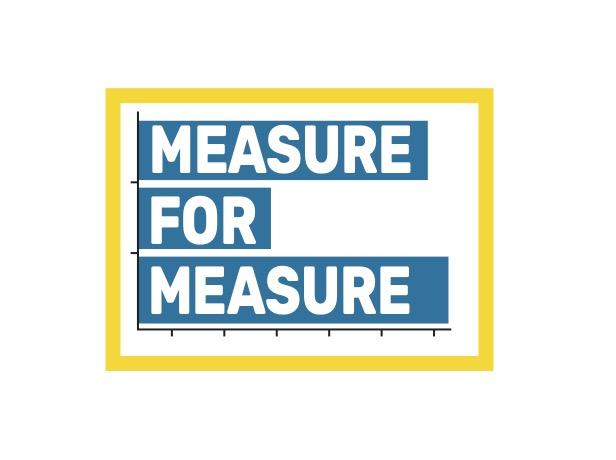Conjuring Arts Data from Tax Forms and Taxonomies—How a Dance Researcher Does It

U.S. government statistics about arts and cultural organizations and industries can tell us quite a lot. We can learn about revenue, head count, payroll, and compensation—to name a few data elements. Still, there are many glaring omissions. Not only are data often lacking about specific types of arts organizations, i.e., relative to mission or artistic discipline, but distinctions between nonprofit and commercial entities are not always clear.
In May, Dance/USA issued a research report, Dancing Through the Pandemic: Financial Changes in the U.S. Nonprofit Dance Ecosystem. For this analysis, the organization’s research director, Sarah Morrison, used government data but managed to tap a source that frequently goes unexamined when nonprofit arts executives want to know how their part of the sector is faring: IRS Form 990.
Dancing Through the Pandemic sampled 708 nonprofit dance companies, based on public data that the entities submitted to the Internal Revenue Service (IRS) annually from 2018 to 2022 when filing their returns as tax-exempt, nonprofit organizations. (Dance/USA estimates that a total of 4,762 nonprofit “dance-related” organizations were “actively registered” with the IRS as of last October.)
By selecting 708 organizations as a representative cohort, and following them throughout the five years, Morrison was able to observe fluctuations in budget sizes, revenue sources and streams, and employment levels throughout the reign of the COVID pandemic. She analyzed IRS Form 990 data from Candid, a nonprofit information service provider. Using an IRS taxonomy of organization types, she pinpointed dance entities that are classifiable either as “Dance” or “Ballet.”
This approach, the report acknowledges, excludes the roughly 4,000 other nonprofit dance organizations that might appear under different codes on the taxonomy. Yet, because each of the 708 sampled organizations filed tax returns in each year of the study period (2018-2022)—and since the sample adheres to other useful criteria set by Dance/USA—the tradeoff seems worthwhile.
High-level findings show that the sample’s total revenue dipped by nearly 25 percent from fiscal years 2018 to 2021, but that it recovered in fiscal year (FY) 2022. Still, the gains have not offset cumulative inflation over those years (+ 17 percent).
By FY 2022, organizations’ contributions, including grant support, had overtaken program service revenue (e.g., box-office returns) as a share of their total revenue. In FY 2018, there was a 54/46 split between earned and contributed revenue; five years on, it was 40/60.This turnaround likely occurred due to halting ticket sales and growth in governmental support, especially for the organizations with the largest budgets.
These larger organizations, however, were not spared major declines in employment and wages—declines that bypassed many other dance companies. In response, Dance/USA points out that smaller-budget organizations tend to have had lower employment and wage numbers at baseline, and that they often operate on a project-to-project basis, and thus rely more heavily on contractual workers.
Larger-budget organizations also saw the greatest declines in overall expenses. On the whole, dance companies experienced 27 percent growth in net assets between FY 2018 and 2022, owing to “the larger drop in expenses than in revenue over the COVID-19 pandemic,” the report states.
I’ve used this space before to extol the value of IRS 990 data and other sources for better understanding and analyzing the U.S. nonprofit arts sector. Examples include a blog post about a study commissioned by the Alliance for California Traditional Arts, and a blog post about an Urban Institute report that avails of findings from a longitudinal survey of nonprofit organizations.
Stay tuned for information about a new data partnership between the NEA and the National Endowment for the Humanities that will allow both agencies, and the general public, to monitor evolving characteristics and trends of nonprofit arts, humanities, and cultural organizations.
Sunil Iyengar directs the Office of Research & Analysis at the National Endowment for the Arts.




